Welcome to Carolina!
We invite you to explore the heart of campus and feel the history, vibrancy and charm of The University of North Carolina at Chapel Hill. Along with its beauty, Carolina has a reputation as a place where science, research and the arts of all kinds thrive. Our history, a living, breathing presence on campus, connects our contemporary community to a legacy as old as the United States.
As the nation’s first public university, Carolina opened its doors to students in 1795 and was the only university to award degrees in the 18th century. The state of North Carolina chartered the University in 1789.
Today, UNC-Chapel Hill is a global higher education leader known for innovative teaching, research and public service. A member of the prestigious Association of American Universities, Carolina regularly ranks as the best value for academic quality in U.S. public education.
We want to share the many stories of our extraordinary university and introduce you to the innovation, impact and accessibility that define Carolina’s identity today. Whether you are well acquainted with Carolina or setting foot on campus for the first time, we invite you to stop by the UNC Visitors Center for guidance, recommendations and insights — let us tailor your visit and show you all that Carolina has to offer.
 As Carolina’s front door, the UNC Visitors Center is the gateway to discovering the many stories and hallmarks of the nation’s first public university. For more than 30 years, the Visitors Center has welcomed guests from all over the state, country and globe.
As Carolina’s front door, the UNC Visitors Center is the gateway to discovering the many stories and hallmarks of the nation’s first public university. For more than 30 years, the Visitors Center has welcomed guests from all over the state, country and globe.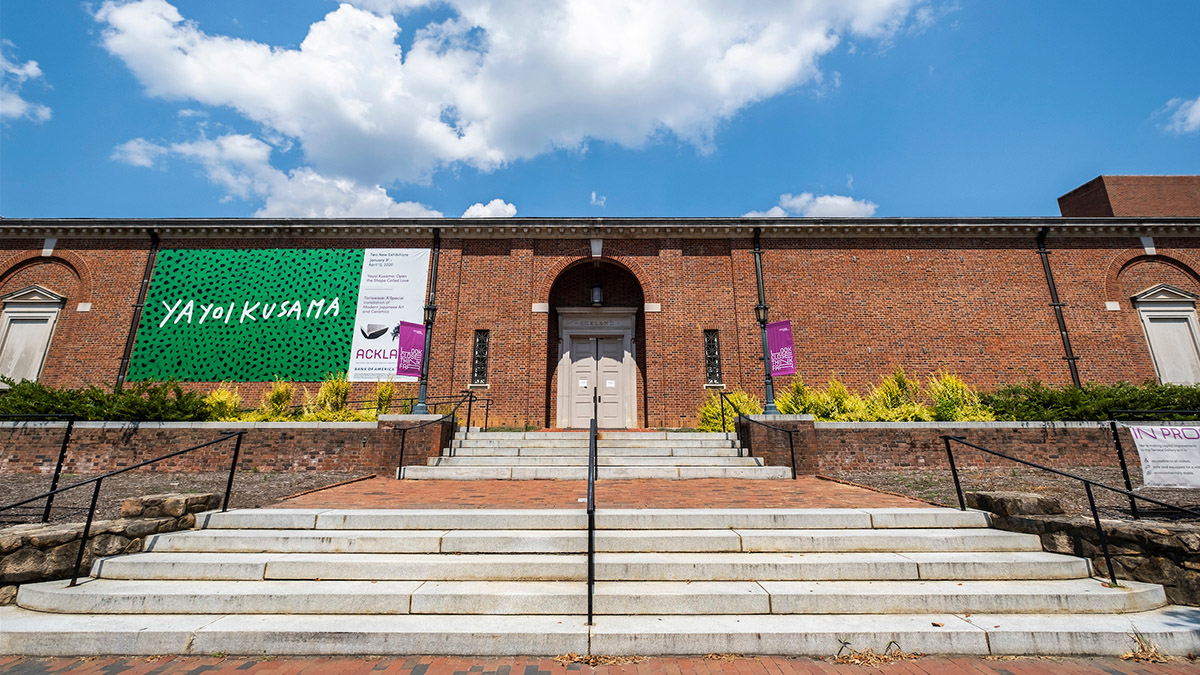 Featuring a year-round calendar of special exhibitions and engaging public programs, the Ackland Art Museum encourages visitors to engage with
Featuring a year-round calendar of special exhibitions and engaging public programs, the Ackland Art Museum encourages visitors to engage with
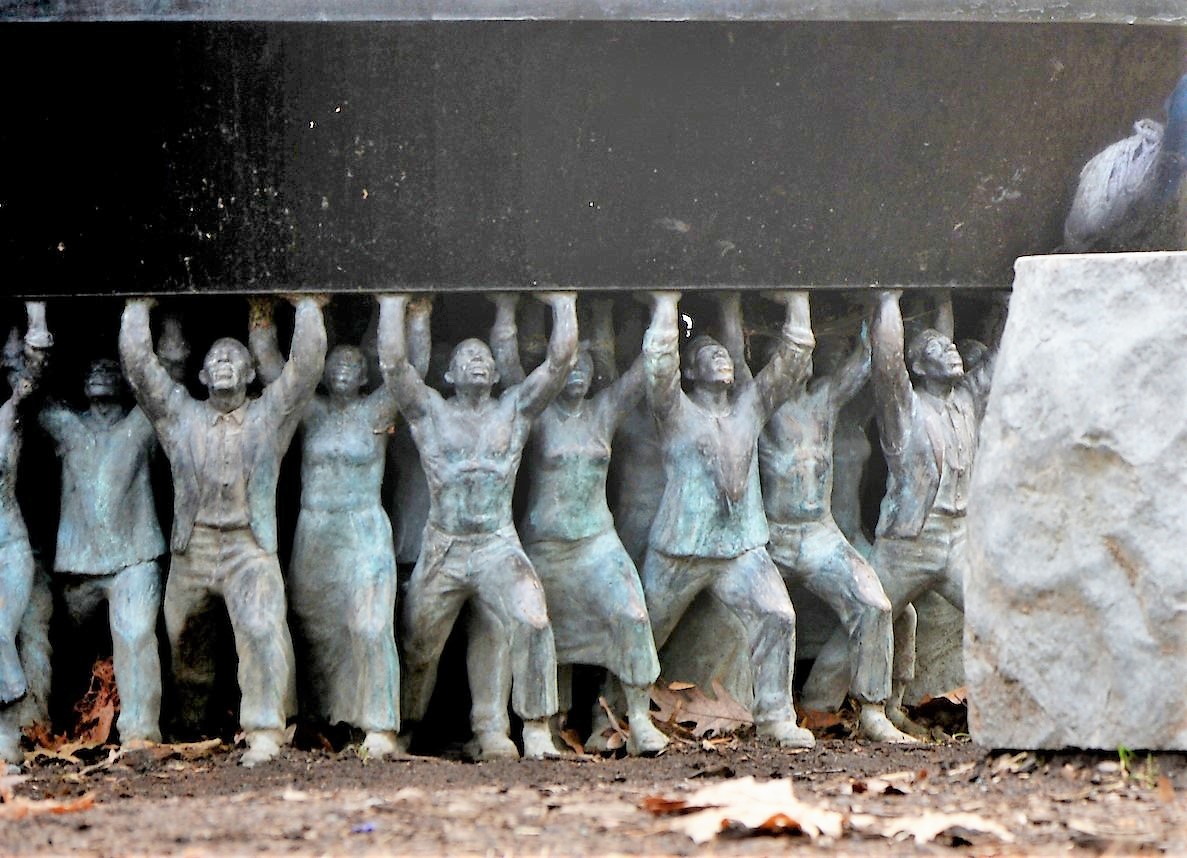 In 2005, the University dedicated this memorial to honor the countless enslaved and free African Americans who served the campus. Inspired
In 2005, the University dedicated this memorial to honor the countless enslaved and free African Americans who served the campus. Inspired As the largest fulldome planetarium in the southeastern United States, Morehead Planetarium and Science Center welcomes nearly 160,000 visitors each year and provides outreach programs across the state. It opened in 1949 as a gift of John Motley Morehead III, Class of 1891, who wanted to provide the people of his home state with the best possible resources for science education.
As the largest fulldome planetarium in the southeastern United States, Morehead Planetarium and Science Center welcomes nearly 160,000 visitors each year and provides outreach programs across the state. It opened in 1949 as a gift of John Motley Morehead III, Class of 1891, who wanted to provide the people of his home state with the best possible resources for science education. Created in 1903 by Carolina’s first botany professor, William C. Coker, this five-acre garden contains more than 500 species of trees, plants and shrubs. A favorite feature is the 300-foot wisteria arbor. Now part of the North Carolina Botanical Garden, the arboretum is a peaceful place to study, meditate, picnic or relax between classes
Created in 1903 by Carolina’s first botany professor, William C. Coker, this five-acre garden contains more than 500 species of trees, plants and shrubs. A favorite feature is the 300-foot wisteria arbor. Now part of the North Carolina Botanical Garden, the arboretum is a peaceful place to study, meditate, picnic or relax between classes A treasured Carolina icon, the Davie Poplar is named after William Richardson Davie, the man who introduced the bill to charter the University in 1789. This 300-plus-year-old tulip poplar tree has stood since before the University’s founding. In 1993, Davie Poplar seeds were planted in each of North Carolina’s 100 counties as part of the University’s Bicentennial Observance.
A treasured Carolina icon, the Davie Poplar is named after William Richardson Davie, the man who introduced the bill to charter the University in 1789. This 300-plus-year-old tulip poplar tree has stood since before the University’s founding. In 1993, Davie Poplar seeds were planted in each of North Carolina’s 100 counties as part of the University’s Bicentennial Observance. National Historic Landmark
National Historic Landmark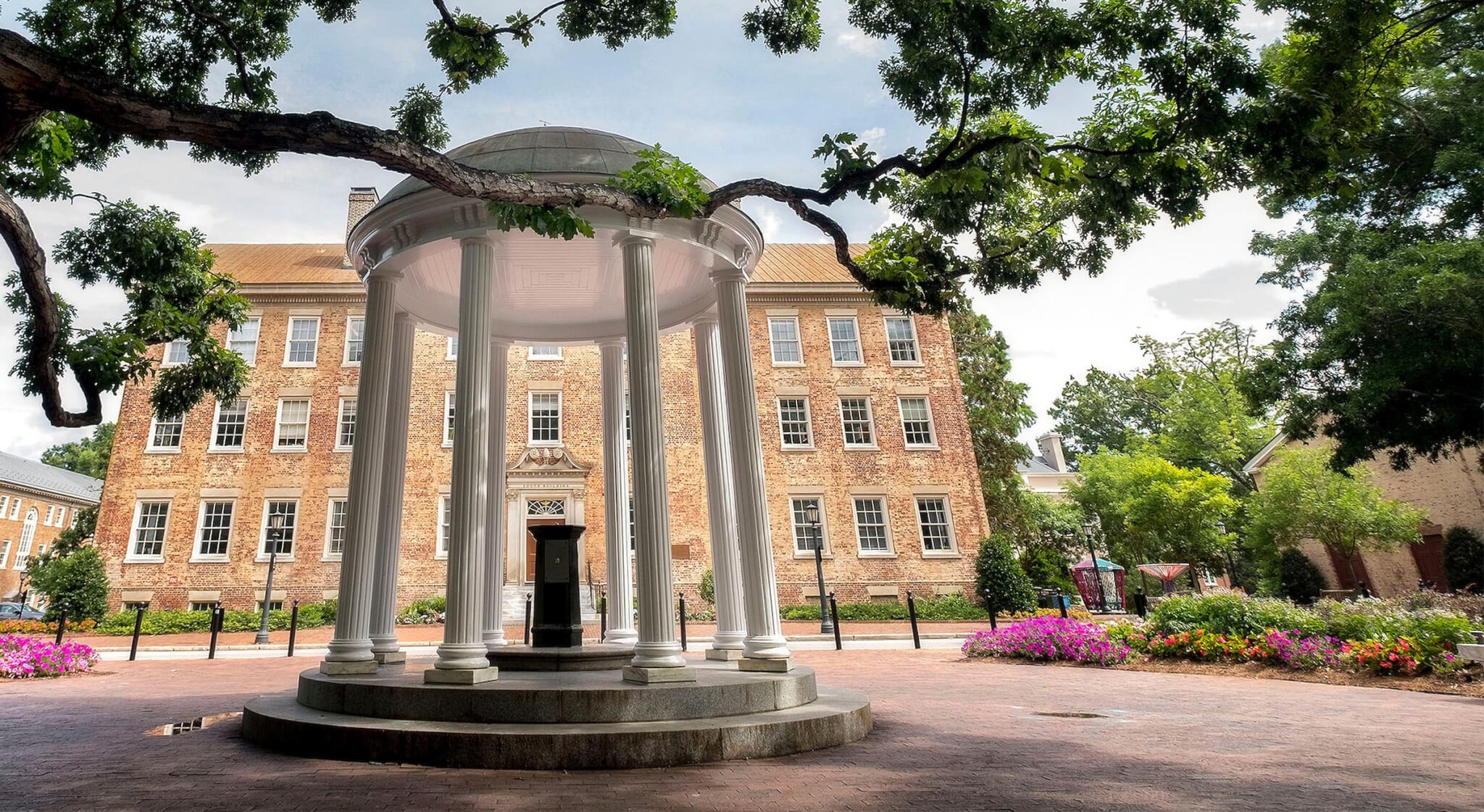 The Old Well is the University’s iconic visual symbol. The scene of wedding proposals, graduation photos and fun Carolina traditions, it sits on the site of the primary water source for the University’s first 100 years. Students have a Carolina tradition to drink from the Old Well on the first day of classes to bring good luck — and good grades.
The Old Well is the University’s iconic visual symbol. The scene of wedding proposals, graduation photos and fun Carolina traditions, it sits on the site of the primary water source for the University’s first 100 years. Students have a Carolina tradition to drink from the Old Well on the first day of classes to bring good luck — and good grades.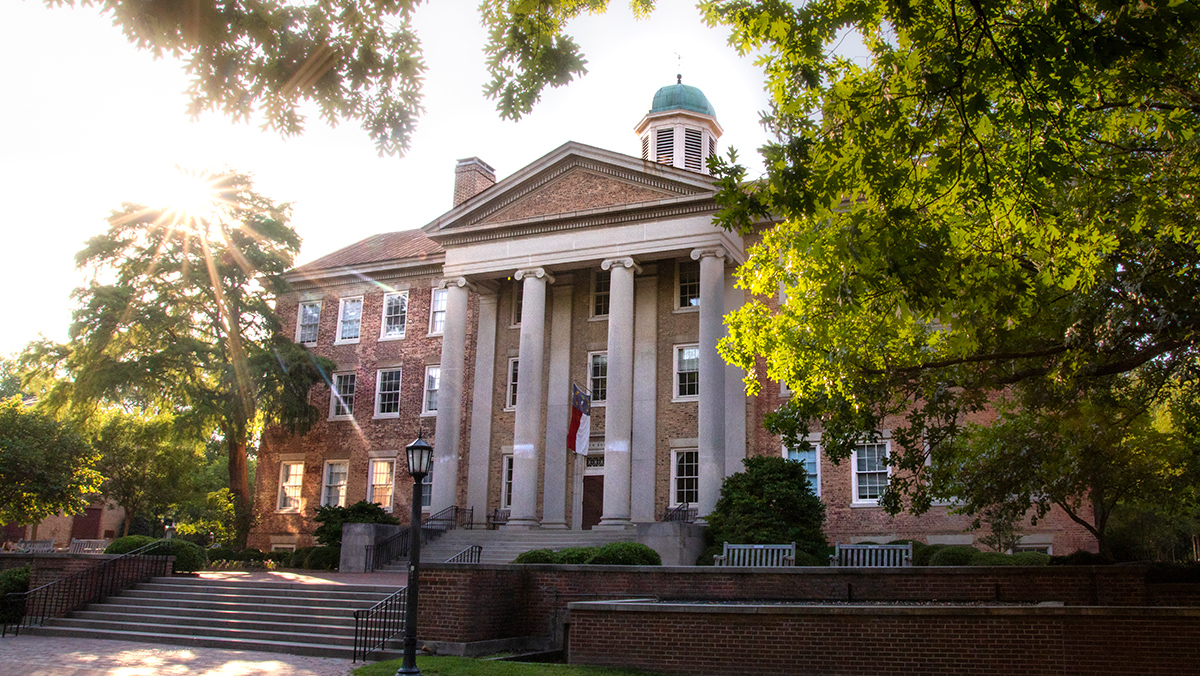 Although construction began in 1789, South Building was not completed until 1814. It served as a dormitory, classrooms and meeting space for Carolina’s oldest debating societies. The southern portico, added in 1927, faces Polk Place, which is named in honor of the building’s most famous resident, U.S. President James K. Polk, Class of 1818. The offices of our chancellor and other administrators are located here.
Although construction began in 1789, South Building was not completed until 1814. It served as a dormitory, classrooms and meeting space for Carolina’s oldest debating societies. The southern portico, added in 1927, faces Polk Place, which is named in honor of the building’s most famous resident, U.S. President James K. Polk, Class of 1818. The offices of our chancellor and other administrators are located here. Innovation is fundamental to Carolina’s culture of creativity and collaboration. The BeAM (Be a Maker) network encompasses four campus makerspaces where the Carolina community creates physical objects for education, research, entrepreneurship and beyond.
Innovation is fundamental to Carolina’s culture of creativity and collaboration. The BeAM (Be a Maker) network encompasses four campus makerspaces where the Carolina community creates physical objects for education, research, entrepreneurship and beyond.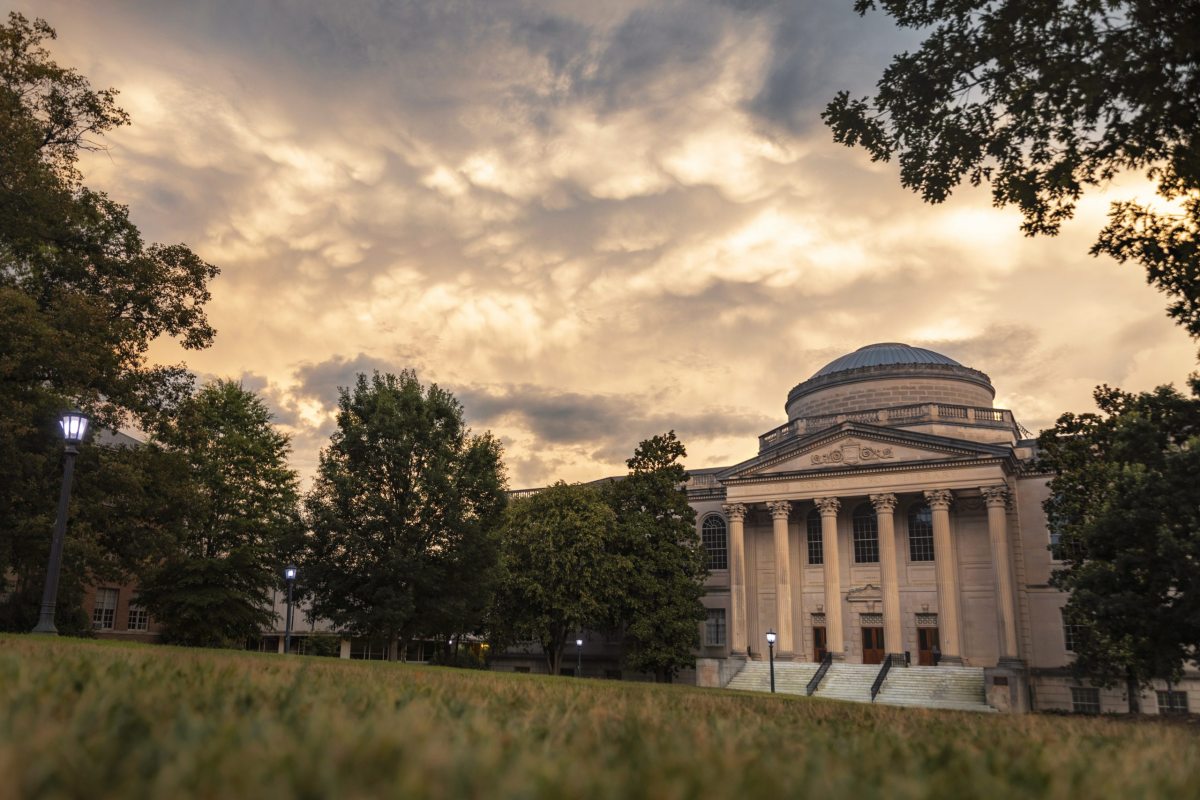


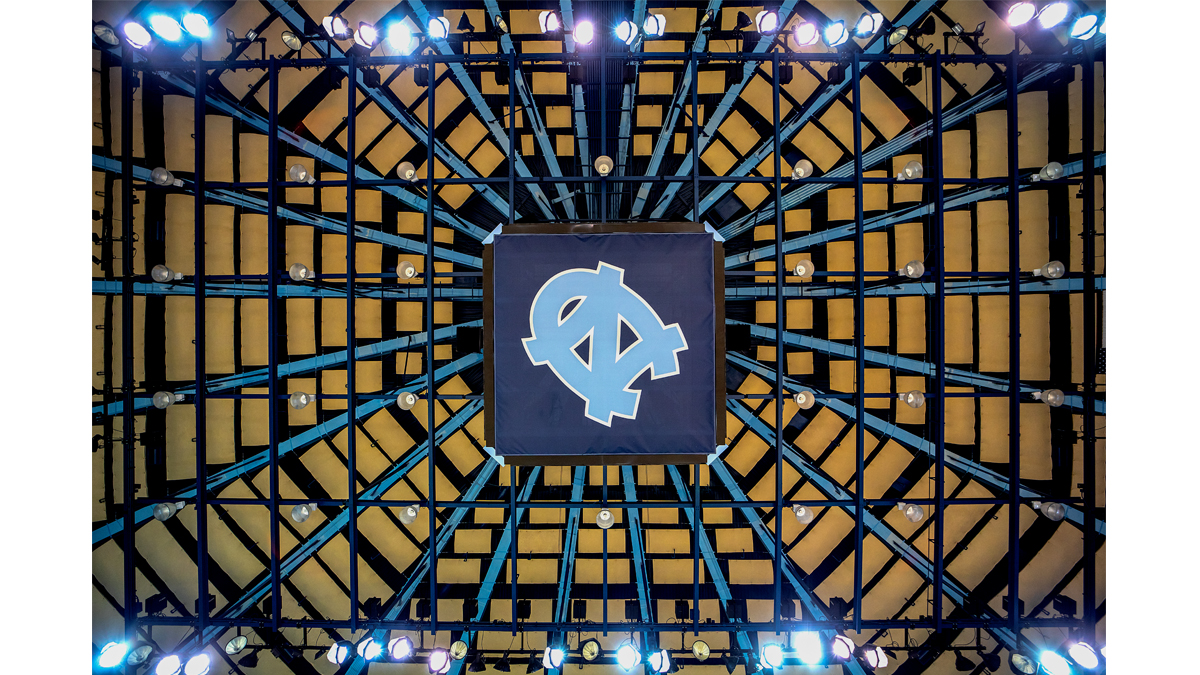 With a capacity of 6,822, Carmichael Arena is home to Carolina’s volleyball, gymnastics, wrestling and women’s basketball teams. The arena includes
With a capacity of 6,822, Carmichael Arena is home to Carolina’s volleyball, gymnastics, wrestling and women’s basketball teams. The arena includes